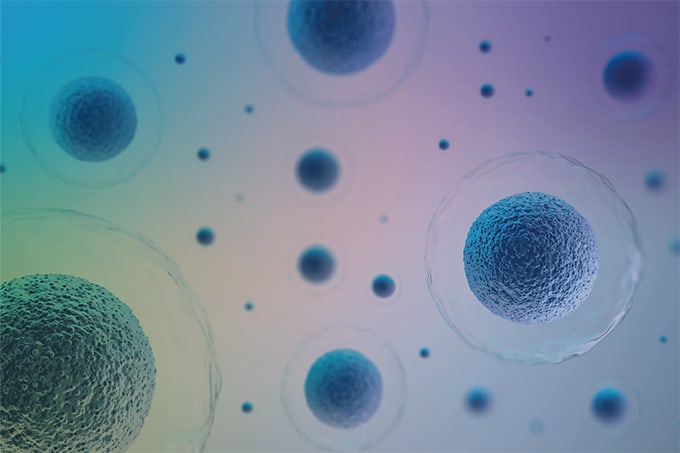
A new multiomics study has revealed how a rare combination of genetic, metabolic, and microbial signatures may have helped María Branyas, the world’s oldest verified person until 2024, live to the age of 117 in remarkably good health.
Published in Cell Reports Medicine, the international study analyzed blood, saliva, and stool samples collected when Branyas was 116, deploying genomic sequencing, epigenetic profiling, metagenomics, and advanced proteomics to reconstruct her biological landscape.
As part of the international collaboration, a key component of the study was a proteomic analysis conducted at the University of Leicester’s van Geest Multi-Omics Facility, using state-of-the-art mass spectrometry. “Because of our established expertise, we were asked to carry out the proteomics analysis,” said Thong Cao, who led the Leicester team. “Our role was to use advanced mass spectrometry to study thousands of proteins circulating in the blood of this exceptionally long-lived individual.”
Since proteins reflect the body's dynamic biological processes, the Leicester team’s analysis uncovered a molecular profile rarely observed at such an advanced age: extremely low levels of inflammation, strong lipid transport and cholesterol regulation, and elevated detoxification and antioxidant activity.
“Altogether, these patterns pointed towards biological pathways that could help explain why she remained healthy into extreme old age,” said Cao.
The proteomics findings were integrated with other omics layers. Genomic sequencing showed Branyas carried rare variants linked to longevity in animal models and was free from high-risk alleles commonly associated with Alzheimer’s disease, cancer, and metabolic disorders. Epigenetic testing revealed a biological age 23 years younger than her chronological age, while metagenomic analysis of her stool found an unusually youthful gut microbiome enriched in Bifidobacterium – a genus typically diminished in elderly populations.
Her daily consumption of plain, sugar-free yoghurt – along with a Mediterranean diet – may have supported that unusually youthful microbial profile.
“It shows that maybe a dietary intervention can be associated not only with avoiding obesity and other pathologies, but also with prolonged life, acting through the microbiome gut landscape,” said study lead Manel Esteller of the Josep Carreras Leukaemia Research Institute in Barcelona.
To build on the insights from Branyas’s biology, the team now hopes to apply the same integrative analysis across a larger group of long-lived individuals. “It was a privilege for Leicester to be part of this unique international study,” added Cao. “These findings highlight how Leicester’s expertise in mass spectrometry can contribute to understanding the biology of healthy ageing.”




